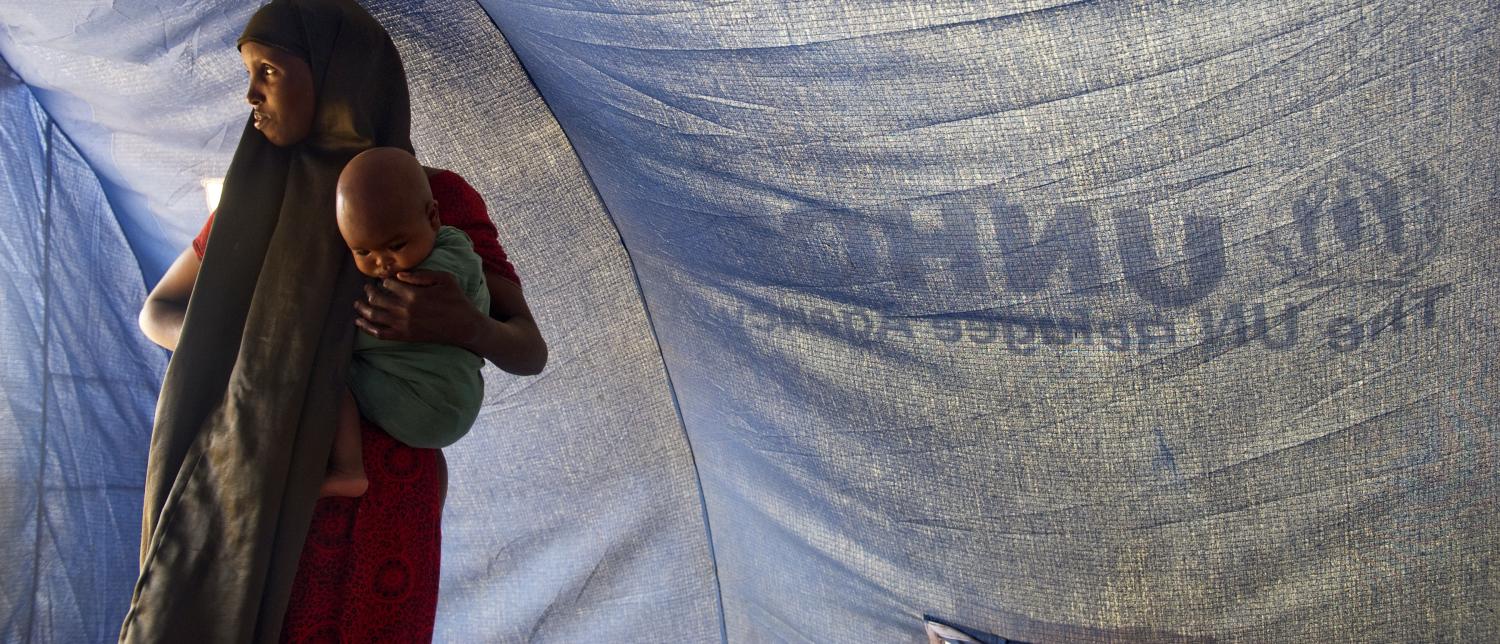The September meeting of the UN General Assembly in New York marked the halfway mark for the ambitious Global Compact on Refugees (GCR), intended to recommit the global community to refugee protection and assistance in the light of the large movements of refugees in recent years.
By the end of the Assembly session, the initial scepticism about the GCR process — that it had only been launched once refugees reached Europe in significant numbers; that there had been inadequate consultation with affected states and populations; and that it was being driven by the UN High Commissioner for Refugees, an organisation unlikely to instigate radical reform — had given way to a more critical issue. There now seems little likelihood that the process will meet its ambitious goals.
The New York Declaration places significant emphasis on addressing the root causes of displacement. The recent movement of almost 500,000 of Myanmar’s Rohingya population puts paid to any notion that this is a realistic goal.
The situation in Bangladesh further emphasises the need for policymakers to be proactive in addressing pressure on poor countries, which, despite Australian and European near-hysteria about their own refugee numbers, host about 84% of the world’s 22.5 million refugees. Notwithstanding the World Bank’s efforts to bridge the gap between relief and development, and a number of promising initiatives from the private sector in the area of job creation and training, durable solutions seem out of reach.
Key refugee host countries such as Kenya and Turkey are unlikely to seriously consider the permanent resettlement of large numbers of refugees. Wealthy country resettlement pathways, as limited as they have been in the past, just got even smaller with a change in US leadership and a significant cut to resettlement numbers. With sustainable voluntary repatriation to countries like Afghanistan, Eritrea, Iraq and Syria a distant dream, the prospect of any solution appears bleak.
In a recent Lowy Analysis, Khalid Koser argued that Australia has a vested interest in improving the international refugee protection regime by contributing to the Global Compact on Refugees. Currently unchallenged by maritime arrivals, now is the time for Australia to step up and inform a framework to pre-empt future refugee flows in our region. Reflecting on the relatively poor record of regional refugee protection, it is likely that, when push comes to shove, heads will turn to Australia to act. Operation Sovereign Borders, a policy which continues to be endorsed despite oft-highlighted issues of international legal compliance, is in many ways unsustainable. Though other regional economies may be competitive, Australia’s relative wealth and long history of contributing to refugee issues on the international stage means it will have to take a leadership role – whether it likes it or not – to address future regional displacement. This is particularly true in the Pacific, where impending environmental displacement positions Australia as the country of first asylum.
The Analysis identified five specific areas where Australia has the experience and expertise to contribute to the Global Compact’s Comprehensive Refugee Response Framework (CRRF).
First, Australia should provide technical and financial support to new resettlement countries. One way to achieve this is through a financial contribution or technical support to the IOM-UNHCR Emerging Resettlement Countries Joint Support Mechanism. It is likely that galvanising Australia’s experience in resettlement program design, implementation and evaluation would be of particular value to the Mechanism.
Second, Australia should promote complementary pathways for refugees at both a domestic and international level. Domestically, the government should consider piloting new, and improving existing, complementary pathways available to refugees; in particular, via the Students and Skilled Migration Program. There is also merit to evaluating the benefits of additionality in models of private resettlement, and sharing lessons learnt with the international community. Internationally, Australia should play a more pronounced role in the Global Refugee Sponsorship Initiative, a Canadian government project focused on developing an effective model for the private sponsorship of refugees.
Third, in recognition of the CRRF’s focus on the burden being carried by host states, Australia should support capacity development with its regional partners. Beyond providing continuing financial assistance, Australia should continue to strengthen the Bali Process on People Smuggling, Trafficking in Persons and Related Transnational Crime, with the ultimate aim of galvanising an Asia Pacific perspective on the CRRF.
Fourth, in response to the need for further resources to be dedicated to refugee protection, Australia can mobilise private sector support. This recommendation urges Australia to look beyond financial assistance and pursue holistic, multidimensional partnerships with the private sector in order to develop and implement support initiatives, such as investing in host countries and job creation.
Finally, Australia is geographically placed to be a key respondent to environmental displacement in the Pacific. It would be strategically advantageous for Australia to set standards on environmental migrants, particularly through the mobilisation of existing labour migration programs. This is achievable without significant new legislation or additional expenditure, and would represent a move to create proactive policy which pre-empts future displacement challenges.
At the events that we convened in Canberra and Sydney to launch the Analysis a few weeks ago, considerable discussion was devoted to whether Australia has the credibility to contribute to a global consultation on asylum and refugees. Despite some unfavorable domestic and international attention, we think it does, and the international community would be well advised to listen. It is no longer Australia’s credibility that is at stake, but that of the entire Global Compact.
Photo by Flickr user UN Photo.

